Jon Horvath’s practice adapts systems-based strategies to photography, performance, and new media works. His work is influenced by American literature, pop culture, and his interest in narrative within transmedia projects. Horvath received his MFA from the University of Wisconsin-Milwaukee in 2008, and a BAS in both English Literature and the History of Philosophy from Marquette University in 2001. His work has been exhibited nationally and internationally in venues including: The Print Center (Philadelphia), FIESP Cultural Centre (Sao Paolo, Brazil), Gyeonggi Art Center (Suwon, South Korea), OFF Piotrkowska (Lodz, Poland), Philadelphia Photo Arts Center, Newspace Center for Photography (Portland), INOVA (Milwaukee), Colorado Photographic Arts Center, Johalla Projects (Chicago), The Dean Jensen Gallery (Milwaukee), the Detroit Center for Contemporary Photography, and the Haggerty Museum of Art (Milwaukee), among others. His work is held in the permanent collections of the Philadelphia Museum of Art and the Haggerty Museum of Art, and is included in the Midwest Photographers Project at MoCP. Horvath currently teaches in the New Studio Practice program at the Milwaukee Institute of Art & Design.



This Is Bliss
A Welcome Message from Scott Goolsby, the “Prince of Bliss”
“The quiet kingdom of Bliss sleeps on a hill above the Snake River. It is dilapidated barns in fallow cornfields and white potato cellars stuffed with the future french fries of America. Cowboys ride their horses through the country as they guide their grazing cattle. The locals satiate their thirst at Jenny or Frank’s bars and fill their bellies at Ziggy’s Gas and Grill. Life in Bliss is simple, but not simplistic. Our hamlet is content, yet proud of our humble community and gracious natives, so we eagerly show it off to all who come and visit.”
—
“This Is Bliss” is a transmedia narrative project (photography, video, performance, sculpture, and text) investigating the vanishing roadside geography and culture of a rural Idaho town named Bliss. The project is philosophically rooted in a broad consideration of how entrenched mythologies of place and traditional mythologies of happiness collide (and are frequently confounded) in a location that bears a complex narrative of booms and busts and reflects the complicated history of American Idealism and Manifest Destiny.
The richly complex historical significance of Bliss is evidenced by its positioning on the Oregon Trail, its emergence as a town during the construction of the first railroads in the continental US (built predominantly with the use of Chinese slaves), its positioning on the Snake River Valley, which was investigated photographically by the likes of Ansel Adams and hosts the site of daredevil Evel Knievel’s failed attempt to jump a gorge with his motorcycle in 1974, as well as being the home town of Holden Bowler, the inspirational namesake for J.D. Salinger’s quintessential malcontent Holden Caulfield in “The Catcher in the Rye”. Bliss’ heyday, however, came in the mid-20th century during the height of road trip America and only began to diminish when Interstate-84 was constructed, redirecting vehicular traffic away from a once thriving community. As a result, Bliss has been in slow economic decline ever since, a familiar story plaguing small towns in America for decades. All that remains in Bliss is two gas stations, a small school, a church, a diner, and two saloons to service its 300 current residents. Through a thorough look at the contemporary landscape and its inhabitants, “This Is Bliss” contrasts romantic visions of the American West with its contemporary reality and considers how the heights of idealism are obtained on both a personal and cultural level.

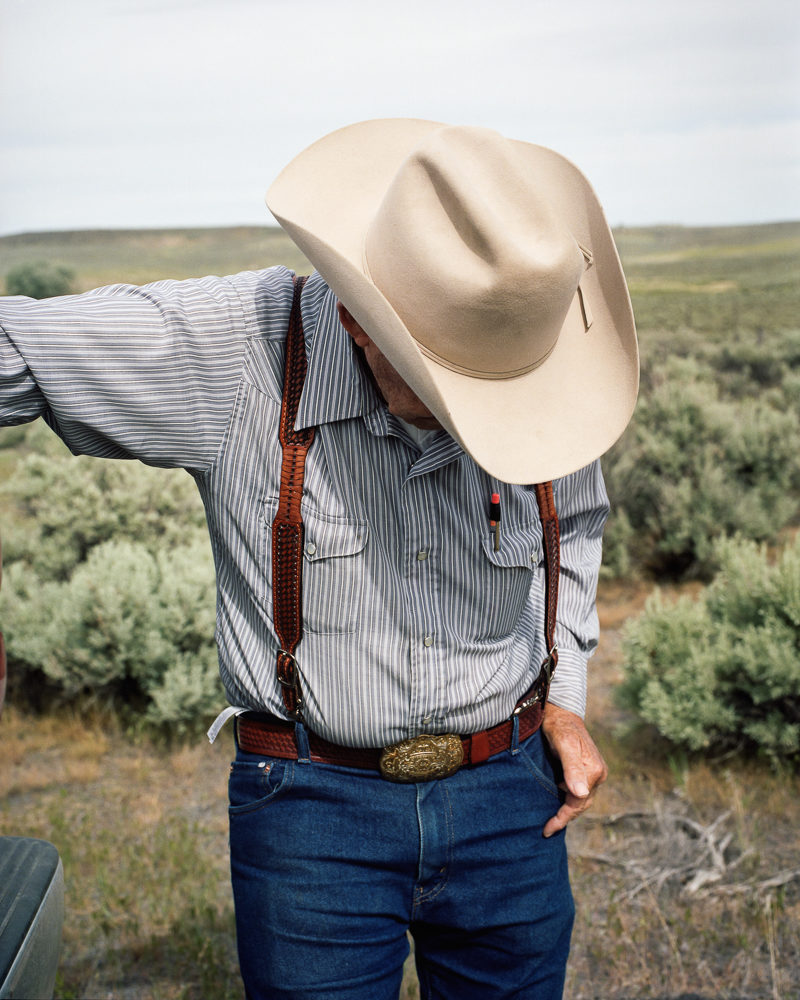


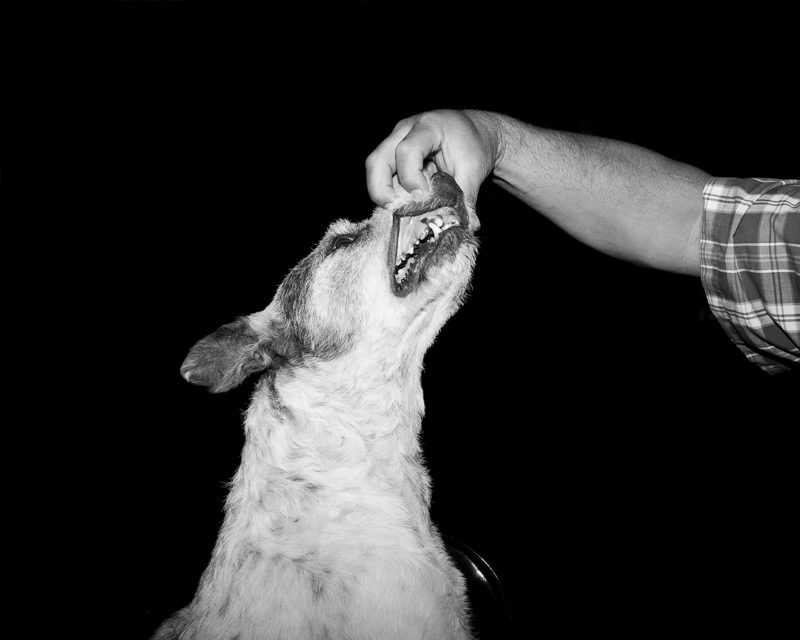


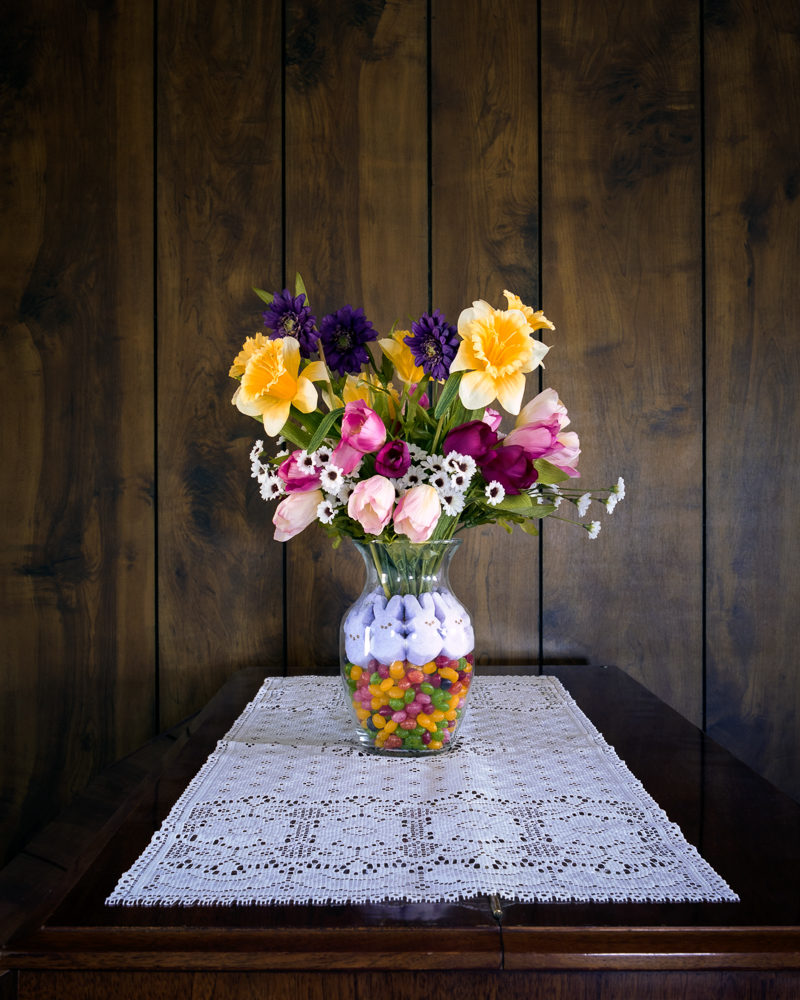
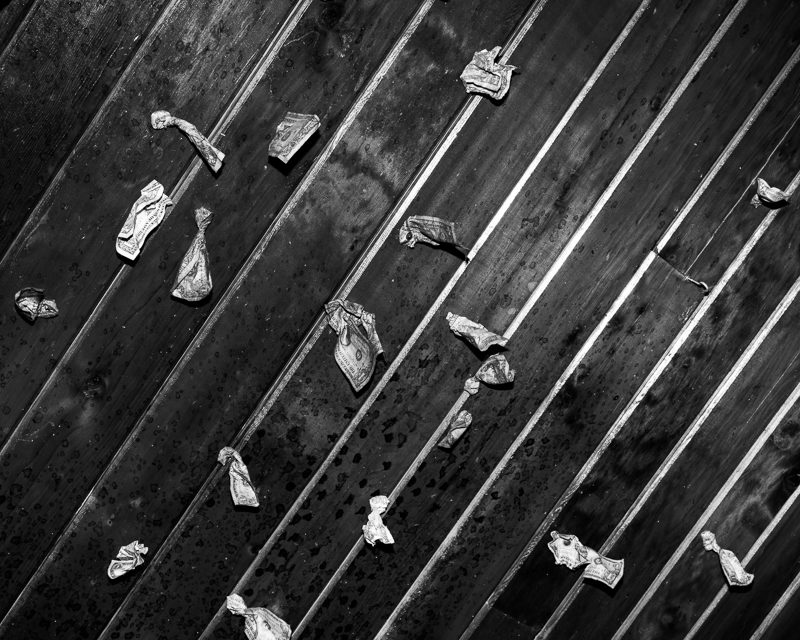


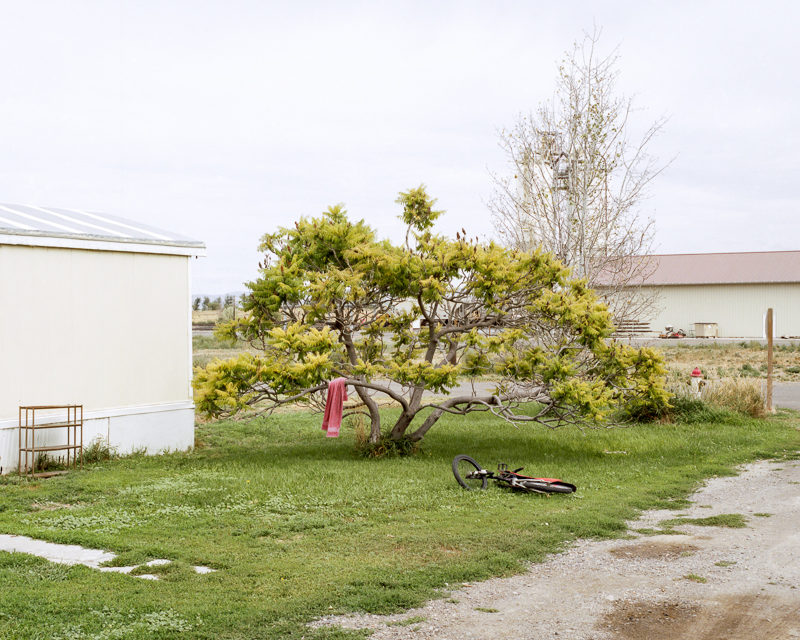



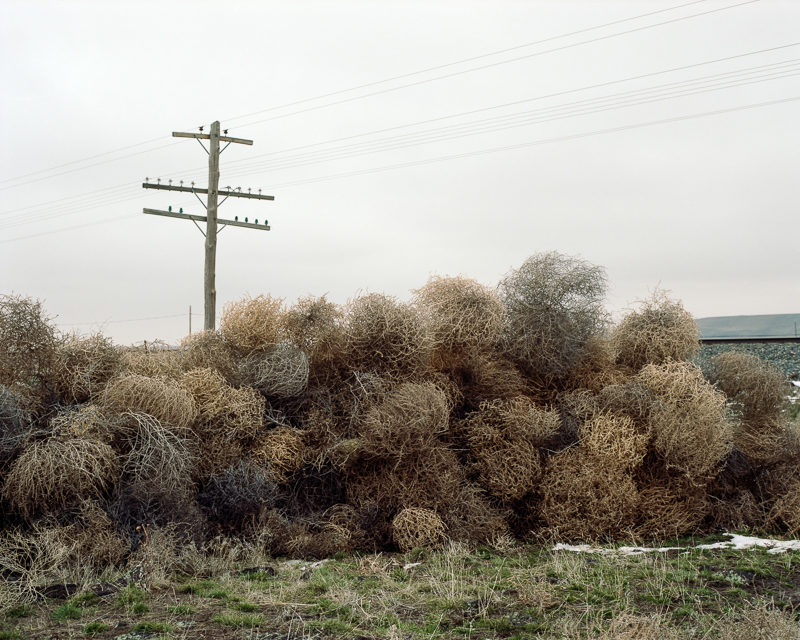

To view more of Jon’s work please visit his website.